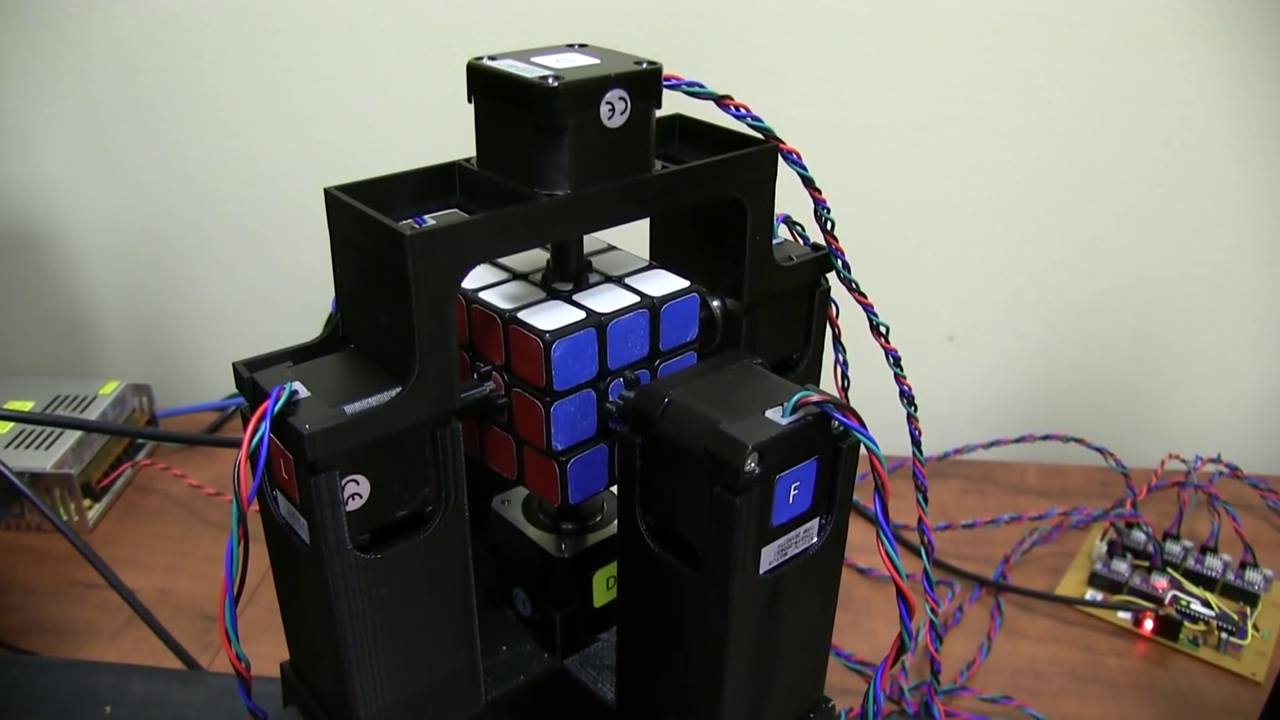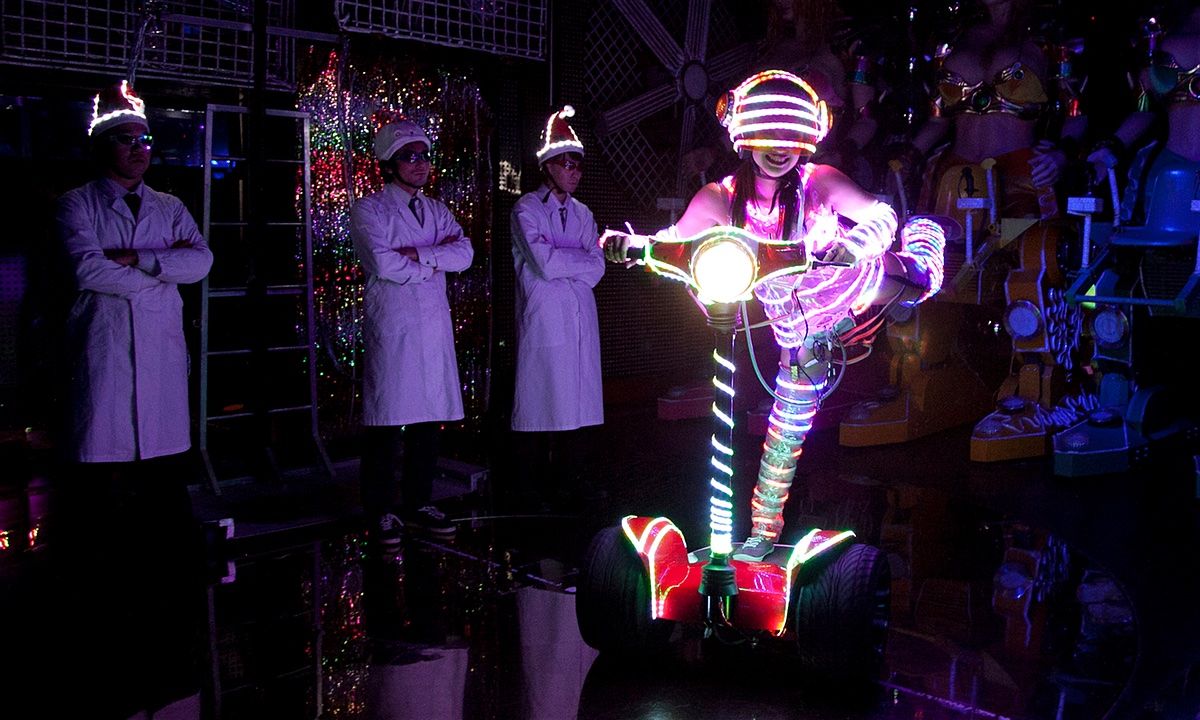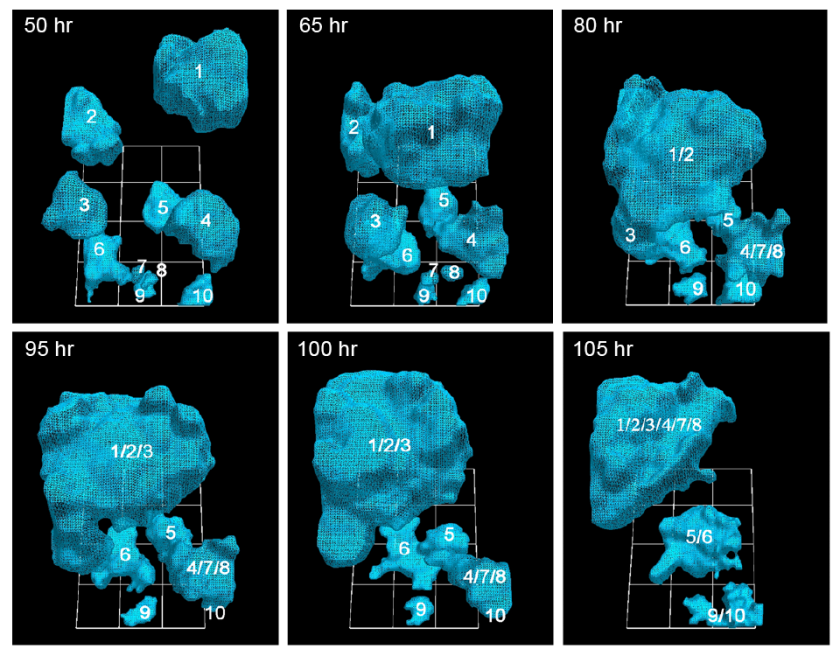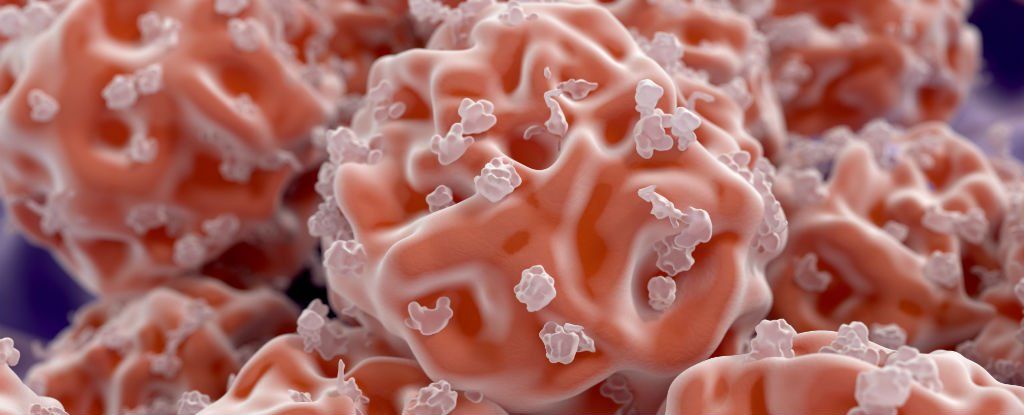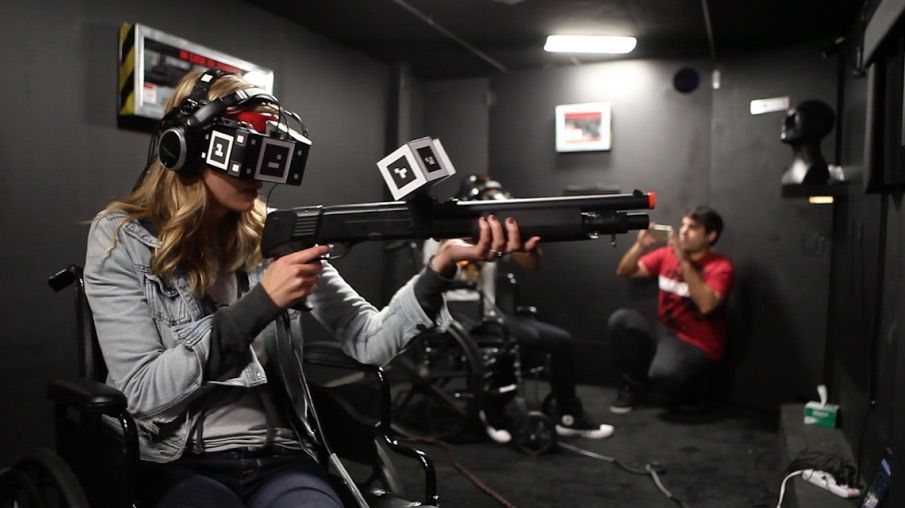Page 11799
Jan 27, 2016
A glove fitted with a gyroscope could help Parkinson’s patients stop shaking
Posted by Shailesh Prasad in category: biotech/medical
Jan 27, 2016
There will be even more ‘Star Wars’ movies after ‘Episode IX’
Posted by Shailesh Prasad in category: entertainment
Jan 26, 2016
Strange travel encounters: readers’ tips
Posted by Karen Hurst in category: robotics/AI
Dinner and a show with a Robot.
The most memorable moments in travel are often the most eccentric. From oil wrestling to staring contests, or being entertained over dinner by robots, our readers share their way-out memories.
Jan 26, 2016
Solving hard quantum problems: Everything is connected
Posted by Shailesh Prasad in categories: particle physics, quantum physics
Researchers succeeded in calculating effects in ultra-cold atom clouds which can only be explained in terms of the quantum correlations between many atoms. Such atom clouds are known as Bose-Einstein condensates and are an active field of research.
Jan 26, 2016
Cancer riddle, solved: Researchers reveal how cancer cells form tumors
Posted by Shailesh Prasad in categories: biotech/medical, health
Cancer is a mysterious disease for many reasons. Chief among the unknowns are how and why tumors form.
Two University of Iowa studies offer key insights by recording in real time, and in 3-D, the movements of cancerous human breast tissue cells. It’s believed to be the first time cancer cells’ motion and accretion into tumors has been continuously tracked. (See accompanying videos.)
The team discovered that cancerous cells actively recruit healthy cells into tumors by extending a cable of sorts to grab their neighbors—both cancerous and healthy—and reel them in. Moreover, the Iowa researchers report that as little as five percent of cancerous cells are needed to form the tumors, a ratio that heretofore had been unknown.
Jan 26, 2016
New algorithm points the way towards regrowing limbs and organs
Posted by Shailesh Prasad in categories: biotech/medical, computing, information science, neuroscience
An international team of researchers has developed a new algorithm that could one day help scientists reprogram cells to plug any kind of gap in the human body. The computer code model, called Mogrify, is designed to make the process of creating pluripotent stem cells much quicker and more straightforward than ever before.
A pluripotent stem cell is one that has the potential to become any type of specialised cell in the body: eye tissue, or a neural cell, or cells to build a heart. In theory, that would open up the potential for doctors to regrow limbs, make organs to order, and patch up the human body in all kinds of ways that aren’t currently possible.
It was Japanese researcher Shinya Yamanaka who first reprogrammed cells in this way back in 2007 — it later earned him a Nobel Prize — but Yamanaka’s work involved a lot of labourious trial and error, and the process he followed is not an easy one to reproduce. Mogrify aims to compute the required set of factors to change cells instead, and it’s passed its early tests with flying colours.
Jan 26, 2016
Harvard Is Trying to Build Artificial Intelligence That is as Fast as the Human Brain
Posted by Shailesh Prasad in categories: computing, neuroscience, robotics/AI
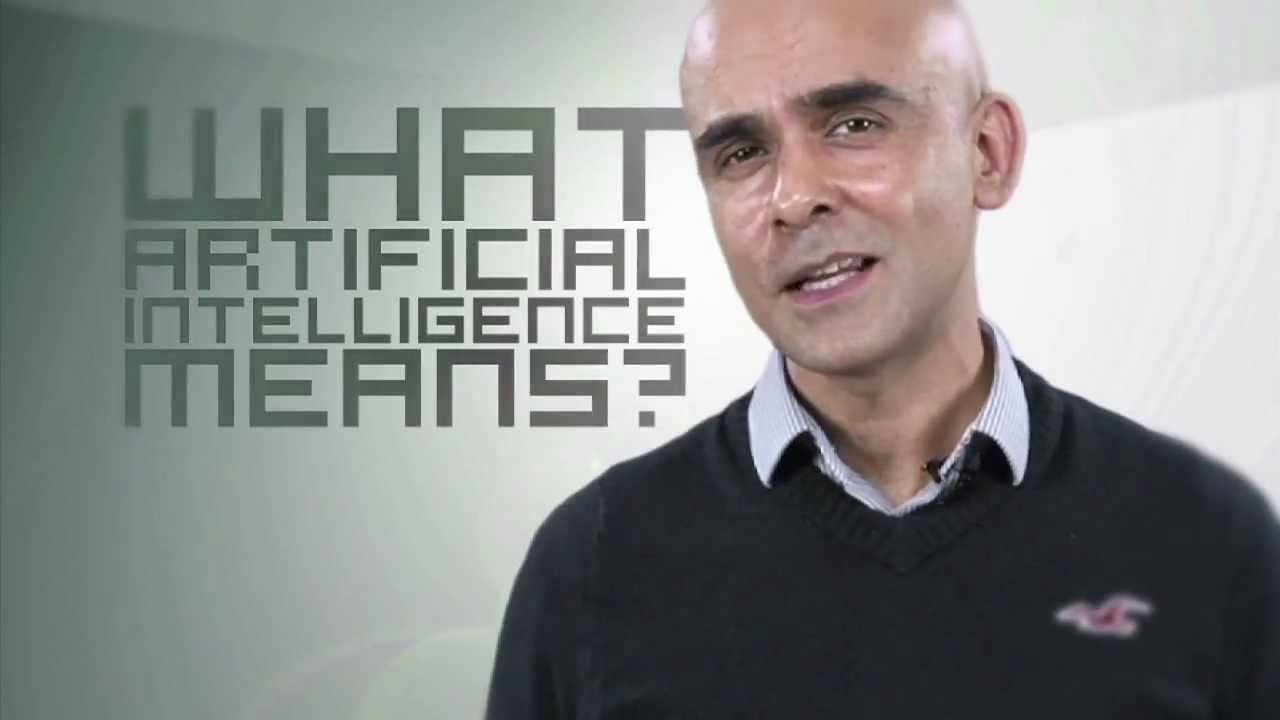
Scientists hope to create a computer that can interpret, analyze, and process information with the same efficiency as a human.
Jan 26, 2016
So There’s a Virtual Reality Arcade Coming to L.A. Later This Year
Posted by Shailesh Prasad in category: virtual reality
It’s a brave new world friends.
If you thought vintage arcades and arcade bars made for an eventful afternoon in L.A, how about a trip into the limitless worlds of virtual reality?
That’s exactly what you may able to do in just a few months with the announcement that virtual reality studio Starbreeze plans to create a VR arcade somewhere in Los Angeles later this year.
Jan 26, 2016
How Technology Changes the Way We Diagnose and Treat Mental Illness
Posted by Dan Faggella in categories: biological, biotech/medical, disruptive technology, homo sapiens, neuroscience
As recently as 50 years ago, psychiatry lacked a scientific foundation, the medical community considered mental illness a disorder of the mind, and mental patients were literally written off as “sick in the head.” A fortunate turn in progress has yielded today’s modern imaging devices, which allow neuroscientists and psychiatrists to examine the brain of an individual suffering from a mental disorder and provide the best treatment options. In a recent interview, Columbia University Psychiatry Chair Dr. Jeffrey Lieberman stated that new research into understanding the mind is growing at an accelerated pace.
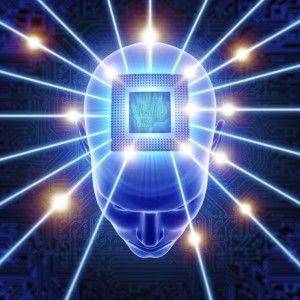
(iStock)
Lieberman noted that, just as Galileo couldn’t prove heliocentrism until he had a telescope, psychiatry lacked the technological sophistication, tools, and instruments necessary to get an understanding of the brain until the 1950s. It wasn’t until the advent of psychopharmacology and neuroimaging, he said, that researchers could look inside the so-called black box that is the brain.
“(It began with) the CAT scan, magnetic resonance imaging (MRI) systems, positron emission tomography (PET scans) and then molecular genetics. Most recently, the burgeoning discipline of neuroscience and all of the methods within, beginning with molecular biology and progressing to optogenetics, this capacity has given researchers the ability to deconstruct the brain, understand its integral components, its mechanisms of action and how they underpin mental function and behavior,” Lieberman said. “The momentum that has built is almost like Moore’s law with computer chips, (and) you see this increasing power occurring with exponential sort of growth.”
Continue reading “How Technology Changes the Way We Diagnose and Treat Mental Illness” »
